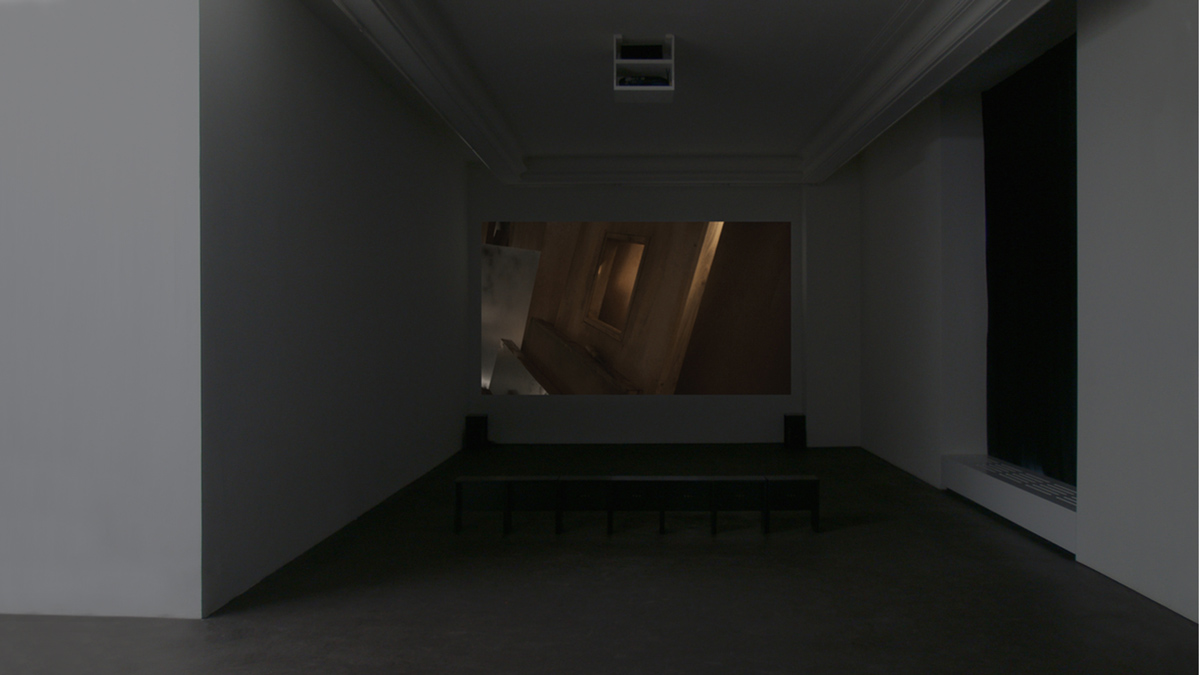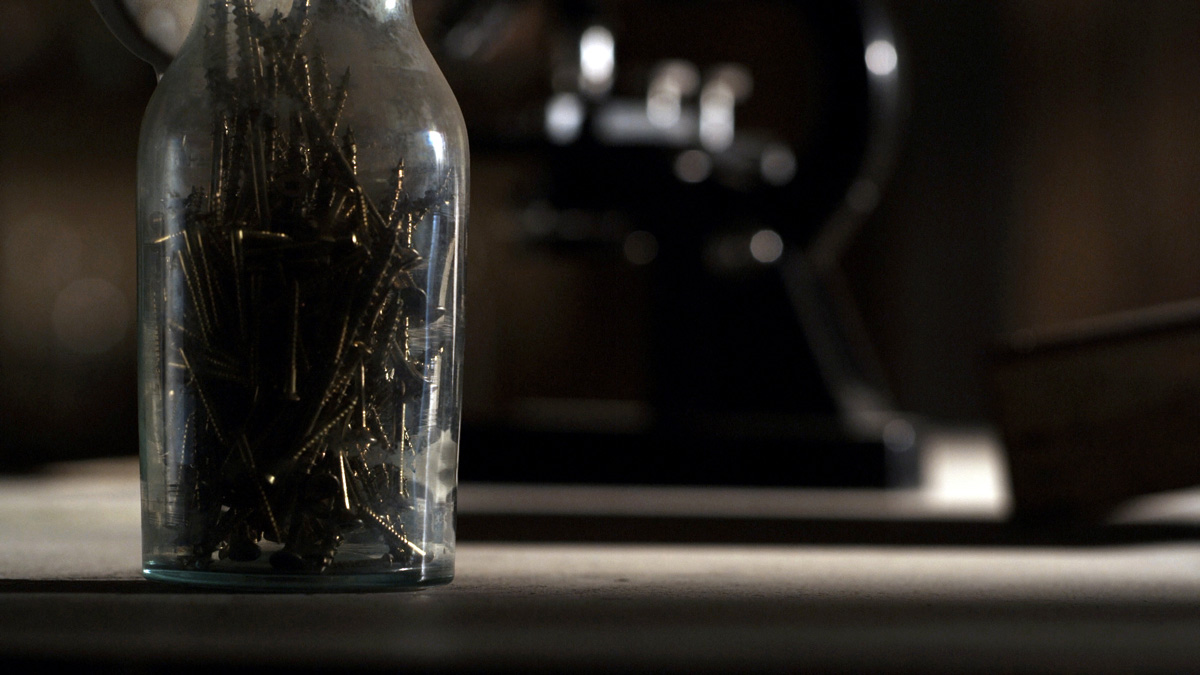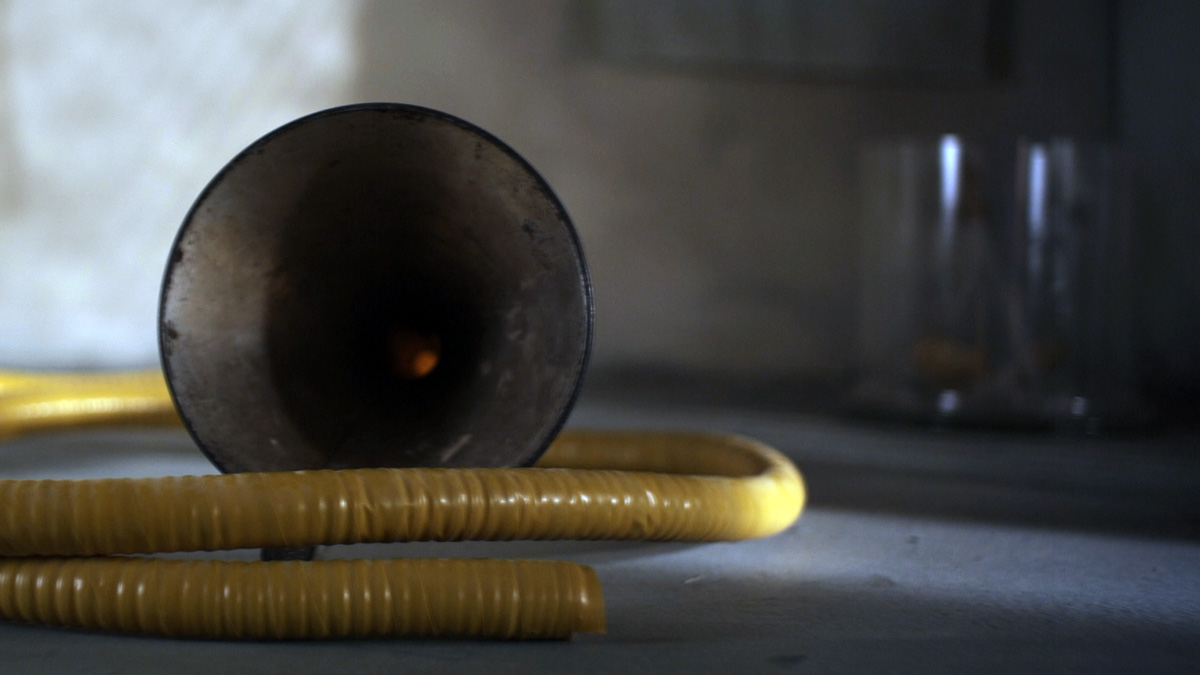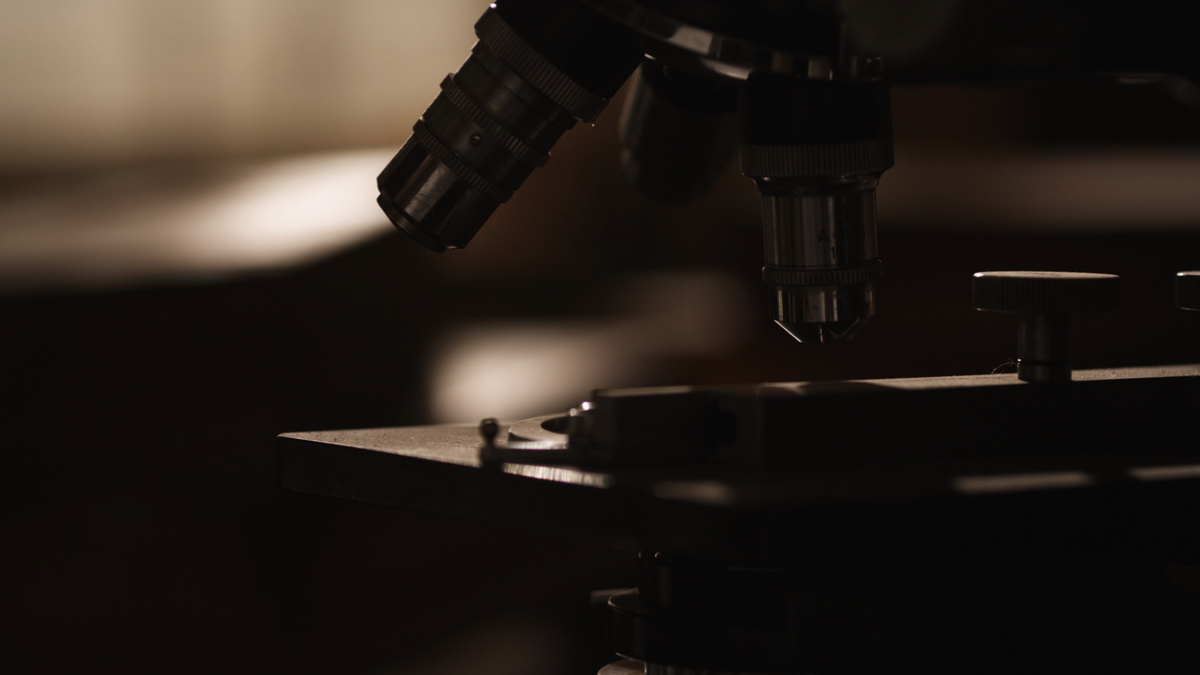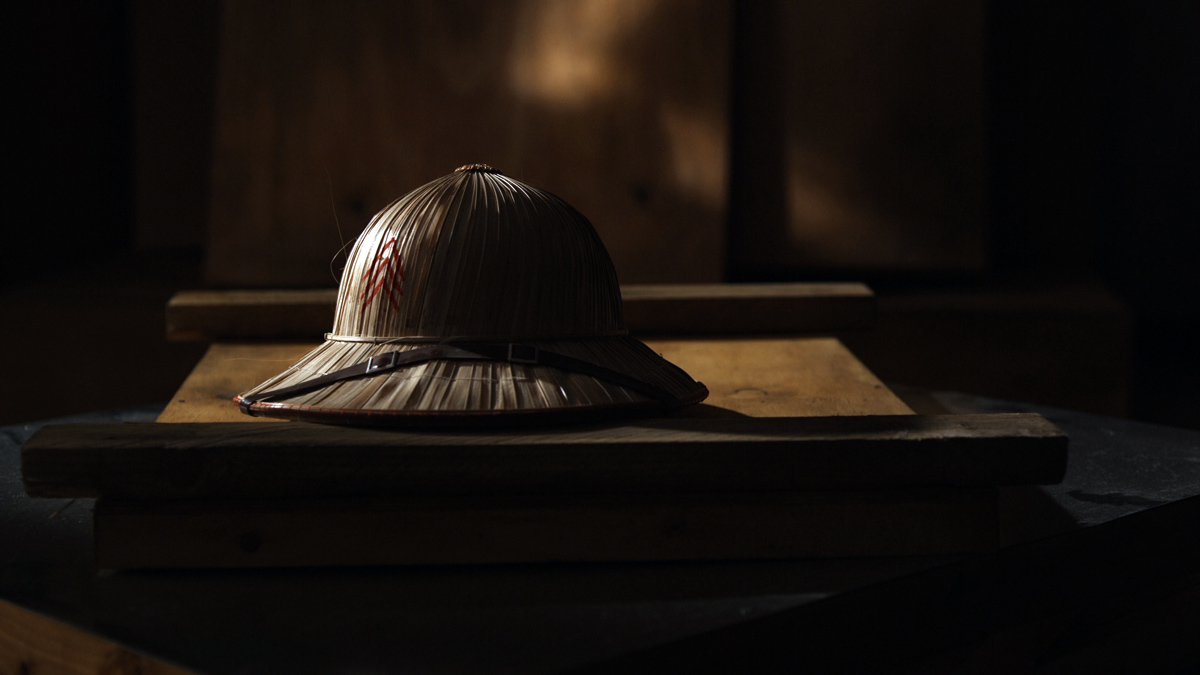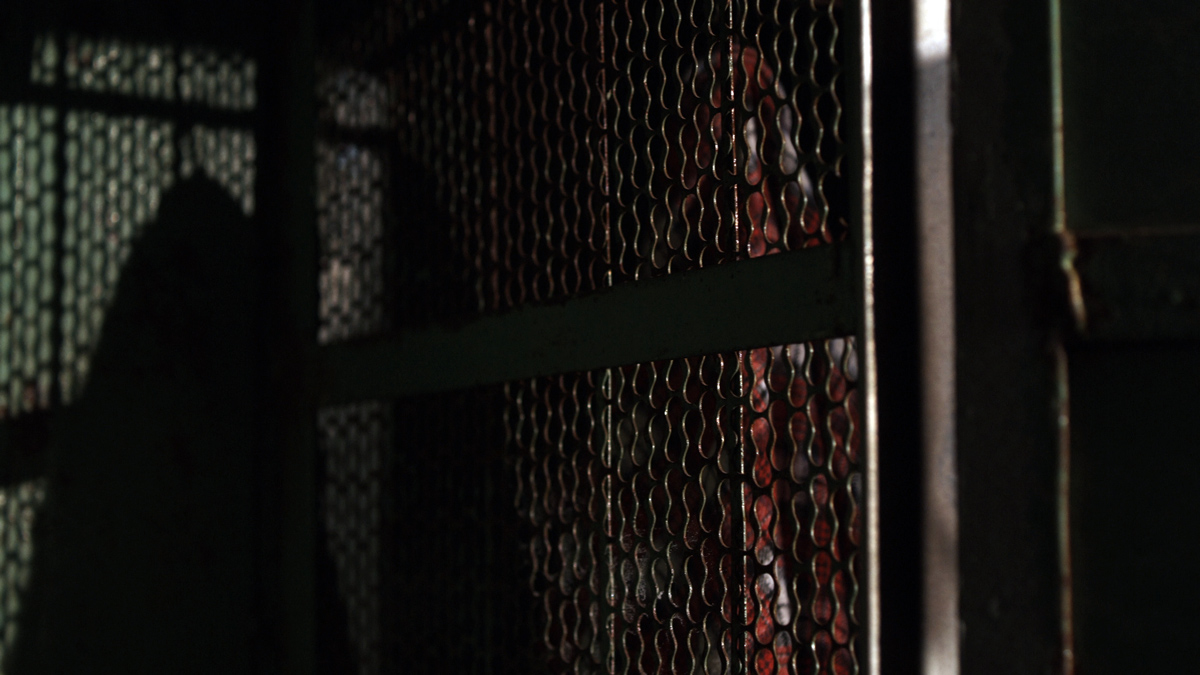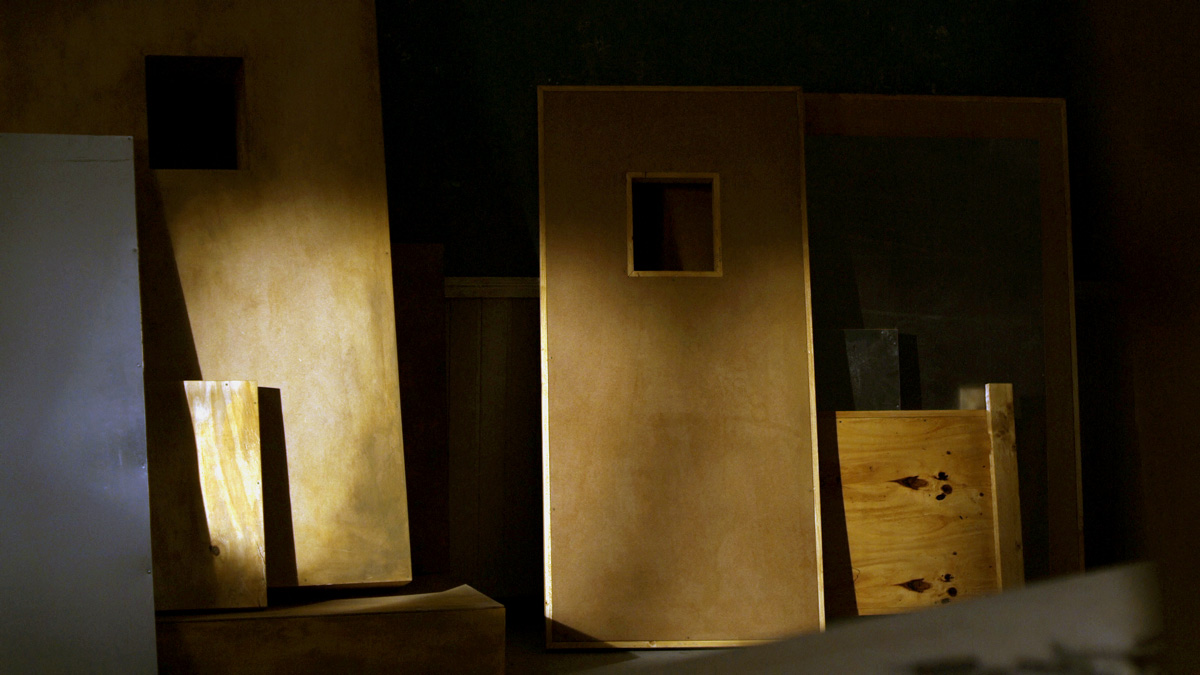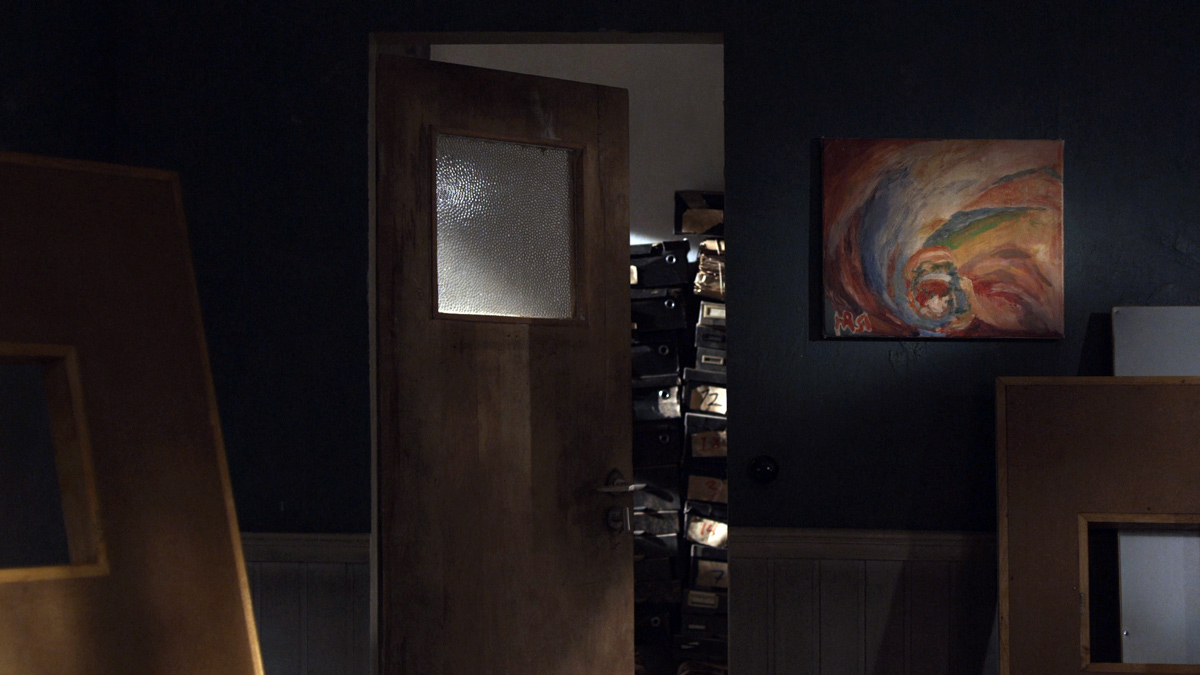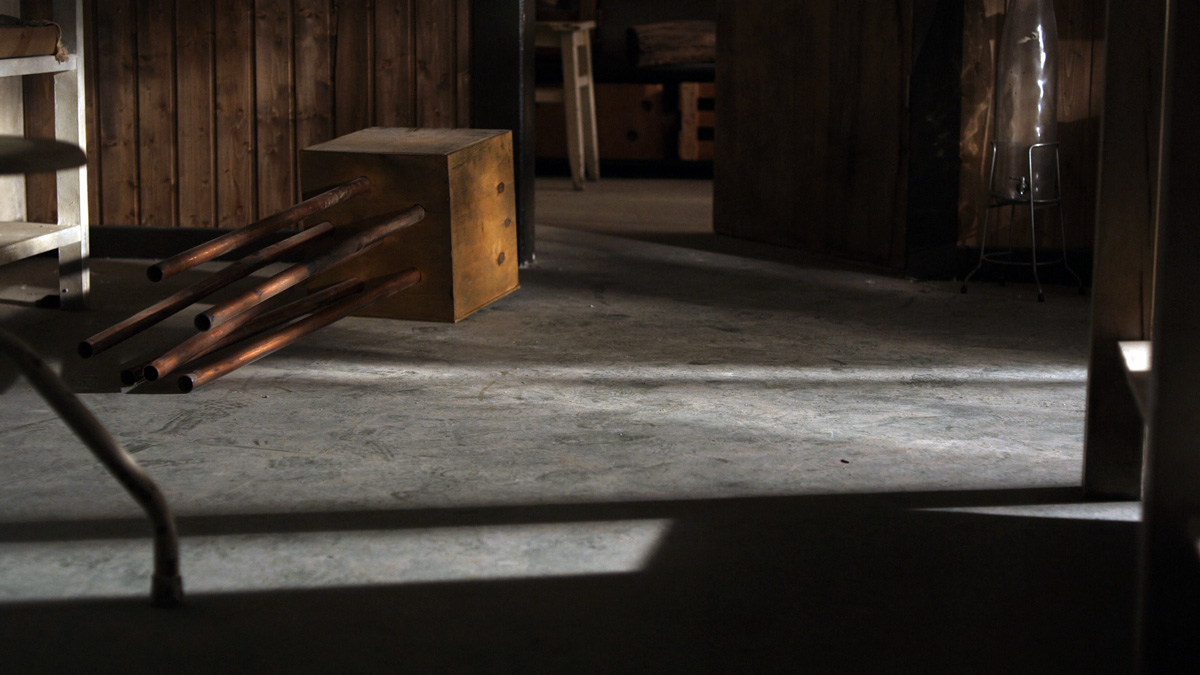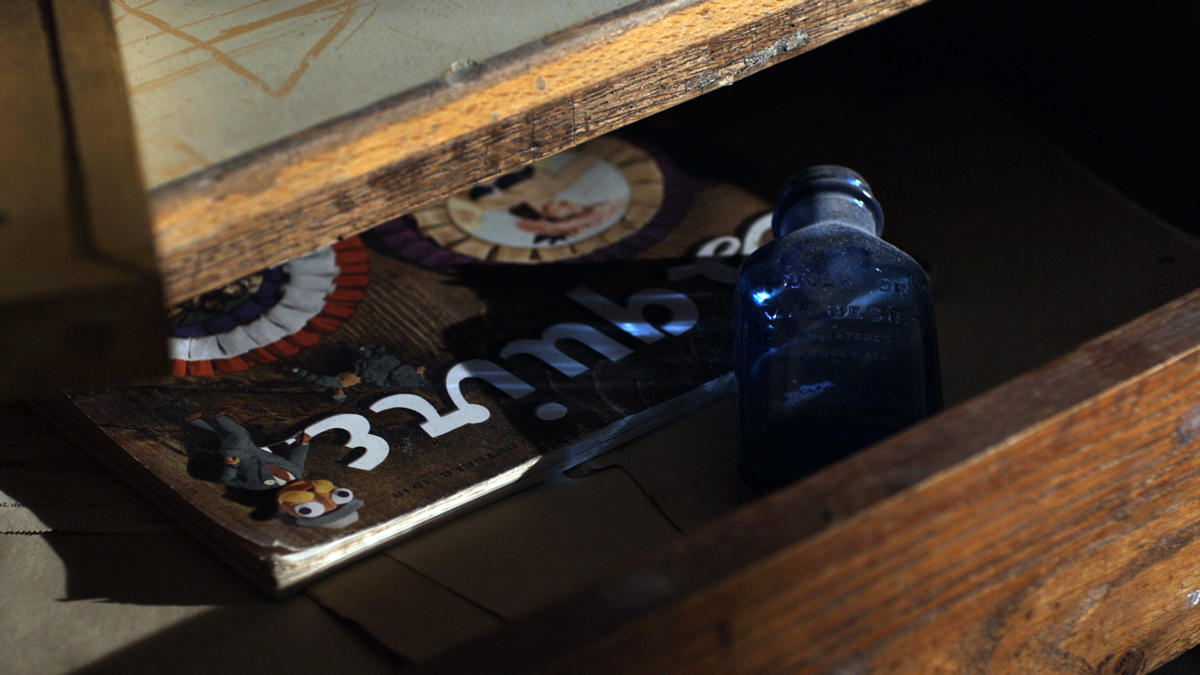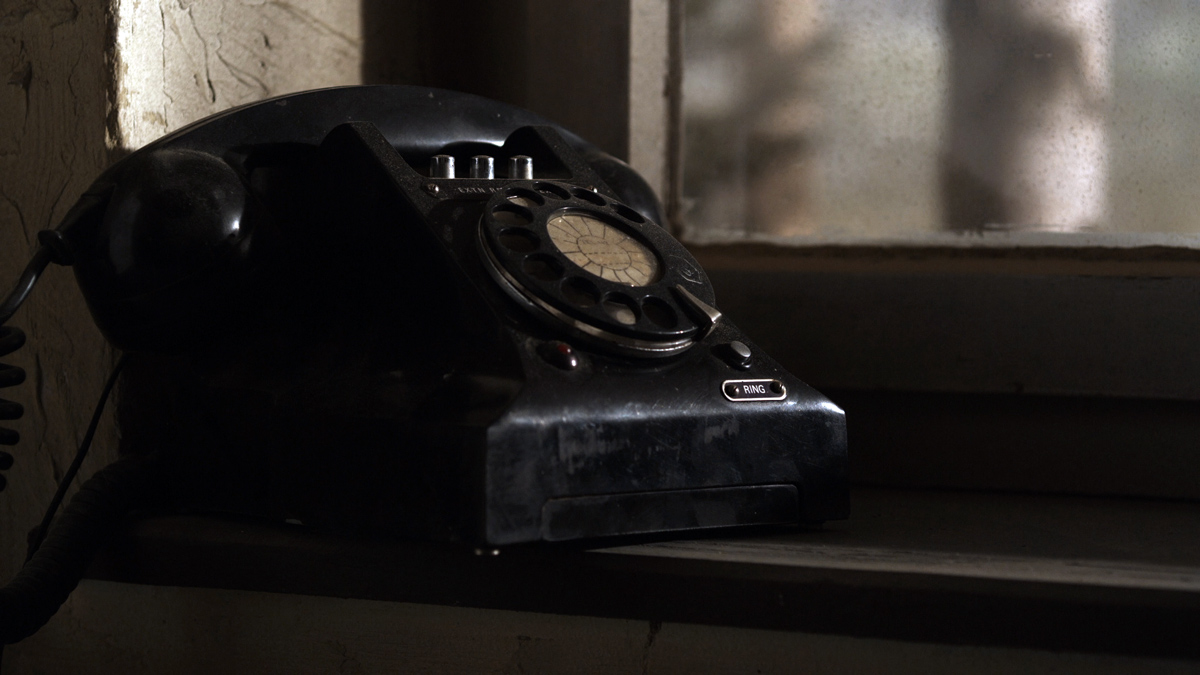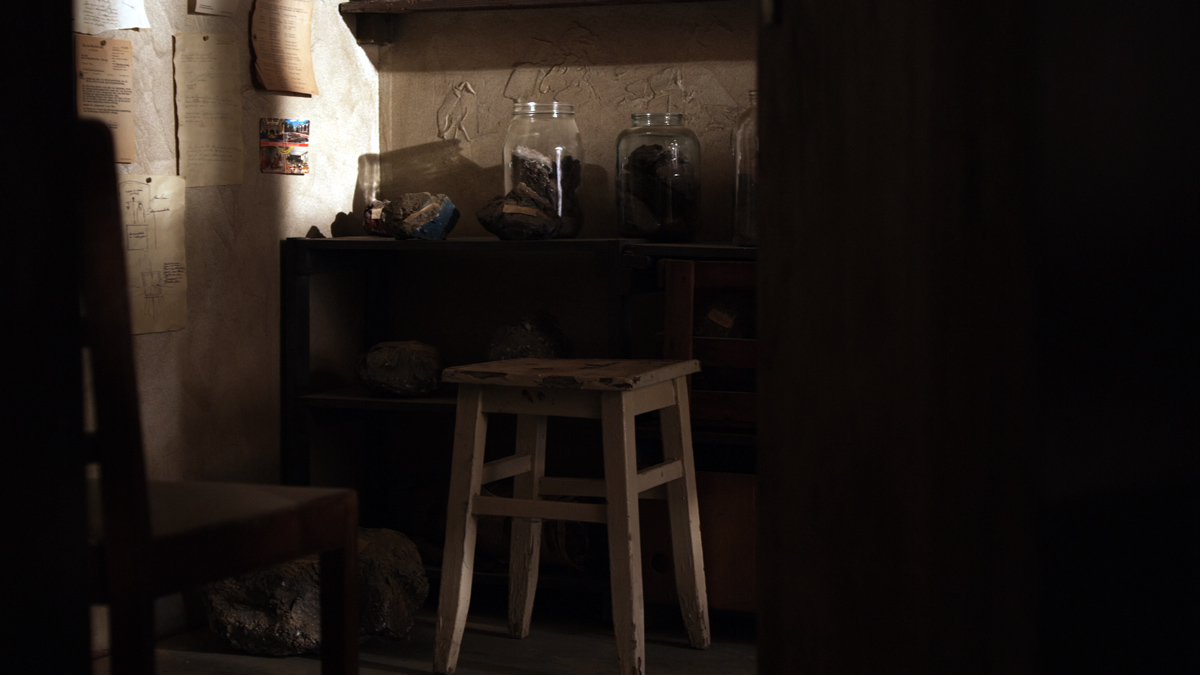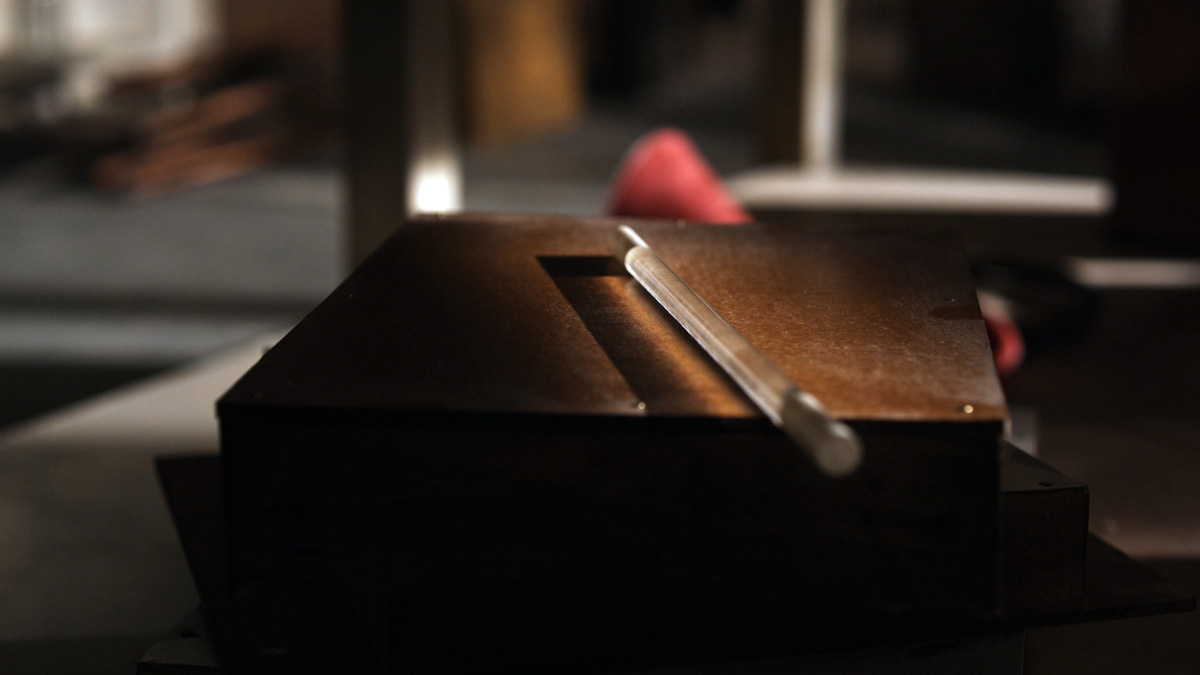UNFINISHED SYMPHONY
UNFINISHED SYMPHONY
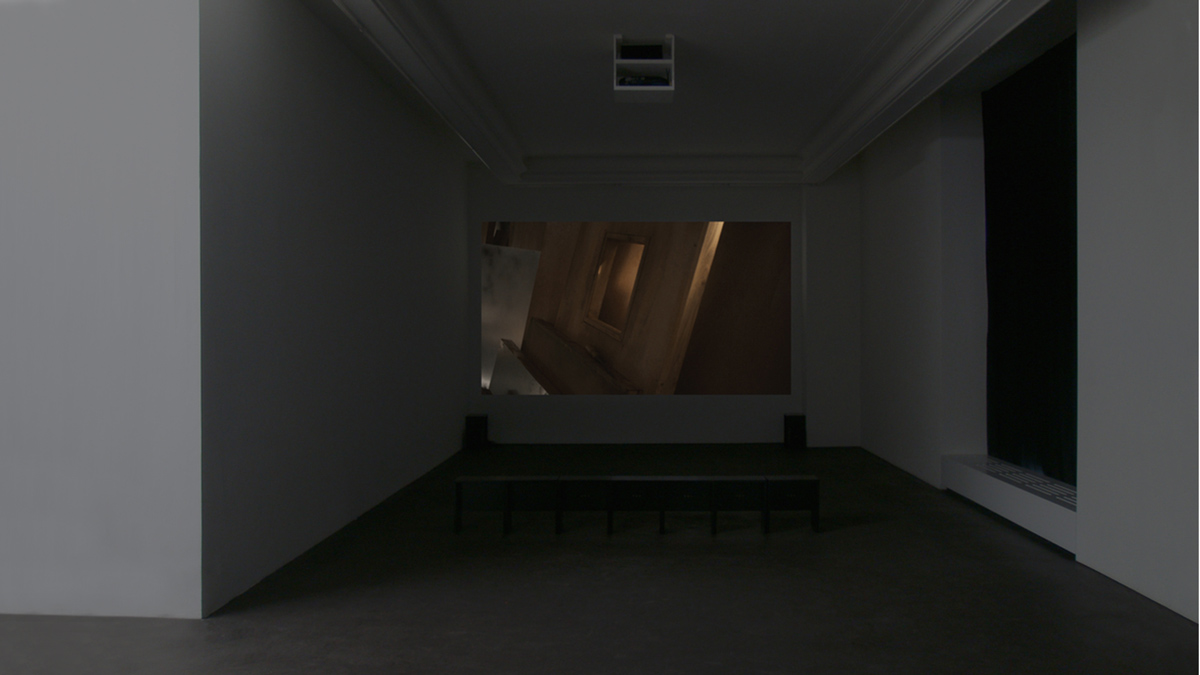
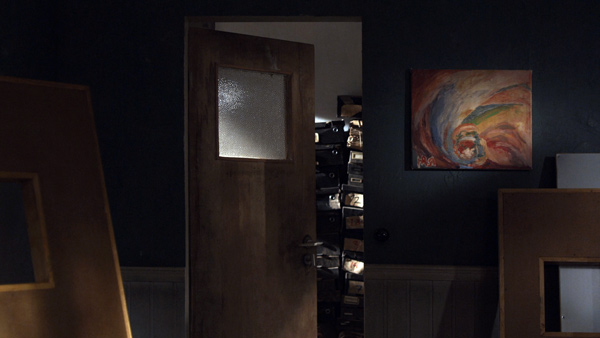
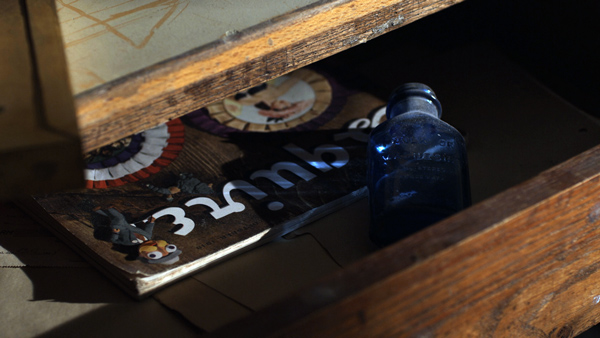
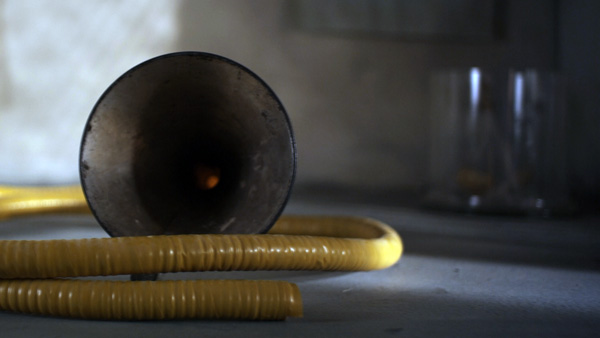
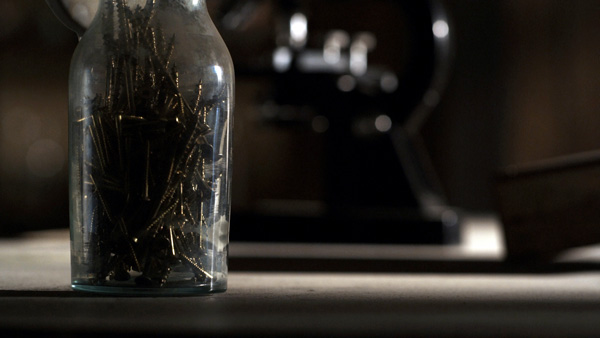
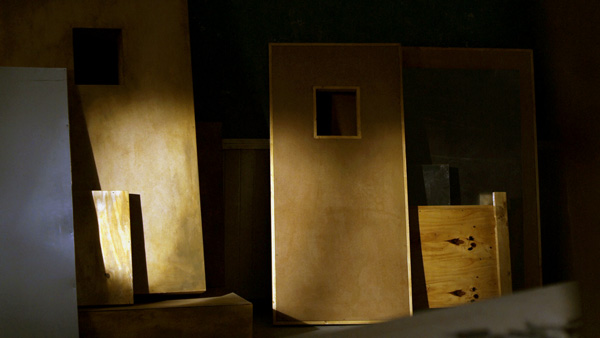
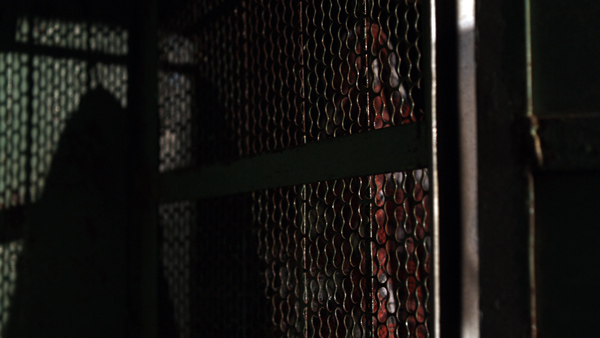
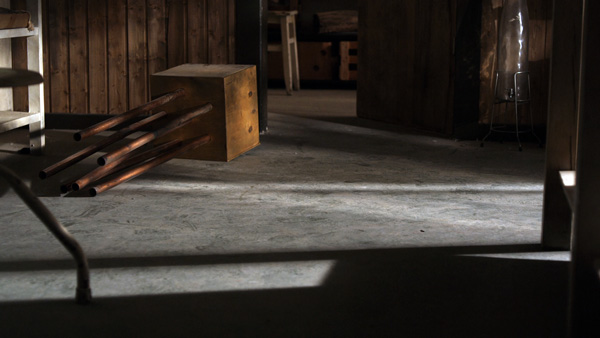
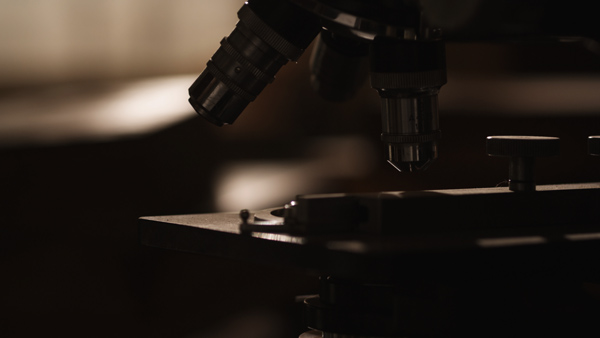
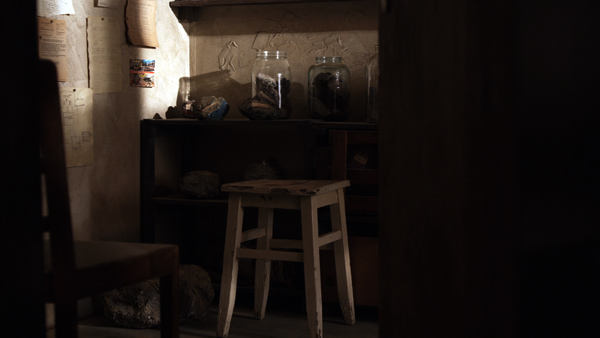
2K
19 min
Size variable
"Like the sky and the trees, these dreams were pressed together, but I could only see one at a time; enough to know that some other life ran parallel to this one but it was not here. Two stories ran together and mingled their reality… I realized the two realities were not parallel at all, but were aimed to meet at some point in the future"
Peter Reich
Unfinished symphony is a filmic portrait of a reconstruction of the laboratory of the Austrian-American psychiatrist and psychoanalyst Wilhelm Reich. The film set is created after the memories of his son, Peter Reich, as described in his autobiography “A book of dreams”. In the book Peter Reich describes his childhood as a constant conflict between the ”normal world” and his father’s more unconventional worldview. The conflict culminates when the American government prohibits Wilhelm Reich’s work with the orgone energy – one of his most known and controversial discoveries. Wilhelm Reich saw Orgone as a universal bioenergetic force lying behind and being the cause for most, if not all, known phenomenon.
Wilhelm Reich built boxes called Orgone accumulators that were supposed to concentrate the atmospheric Orgone. Some of the boxes were for lab animals, and some were large enough for a human being to sit inside. Composed of alternating layers of ferrous metals and organic insulators with a high dielectric constant, the accumulators had the appearance of a large, hollow capacitor. The organic layers should attract the atmospheric energy and the metal layers lead it in toward the centre. Any energy reflected outward by the metal layers was immediately re-absorbed by the organic material and attracted back to the metal. As a result there was created a higher concentration of Orgone energy inside the box. The more layers, the stronger the concentration should be.
"Constant use of junk of the years has given me the habit of directing attention inward. When I went into the accumulator and sat down I noticed a special silence that you sometimes feel in deep woods, sometimes on a city street, a hum that is more rhythmic vibration than a sound. My skin prickled and I experienced an aphrodisiac effect similar to good strong weed. No doubt about it, orgones are as definite a force as electricity. After using the accumulator for several days my energy came back to normal. I began to eat and could not sleep more than eight hours. I was out of the post cure drag."
William S Burroughs
According to Wilhelm Reich's theory, illness was primarily caused by depletion or blockages of the Orgone energy within the body. Through absorbing the concentrated Orgone energy from the Accumulator one could open the blockages and in this way boost the immune system. Wilhelm Reich believed the boxes could help to cure people of cancer. It was the unsubstantiated therapeutic claims made on the accumulator's behalf that got him into trouble with the Federal Food and Drug Administration (FDA). When he refused to allow the box to be tested, except under a set of conditions impossible to meet, Reich was charged by the U.S Attorney for Maine with engaging in interstate traffic in the ''dangerous'' devices (whose stated purpose was to bombard the naked user with concentrated ''Orgone energy''). Reich refused to appear in court, arguing that no court was in a position to evaluate his work. In a long letter to Judge Clifford, he wrote:
"My factual position in the case as well as in the world of science of today does not permit me to enter the case against the Food and Drug Administration, since such action would, in my mind, imply admission of the authority of this special branch of the government to pass judgment on primordial, pre-atomic cosmic Orgone energy. I, therefore, rest the case in full confidence in your hands."
On March 19, 1954 The U.S attorney of Maine was granted the injunction and it was ordered that all accumulators were to be destroyed and all written materials that mentioned Orgone energy — including papers and pamphlets, and ten of Reich's books — were to be destroyed.
The film Unfinished Symphony is taking place on the day the government shows up at Wilhelm Reich’s estate in Maine to oversee the destruction of the accumulators. Peter Reich describes in his book how the accumulators sent back by worried customers had been stored in a laboratory that had not been used for four years. Due to a failed experiment the place was charged with a bad energy causing sickness to the people using it. Most of the scientific stuff had been moved to another location and all that was left were a few tables and chairs and cabinets and empty jars and boxes. Peter further recounts how he, only twelve years old, had to help screwing apart the accumulators. His memories of this incident are the starting point of the film. It portraits a time gap in-between the dismantling of the accumulators and the moving of the different parts to the place of destruction. The camera moves through the deserted laboratory where the accumulators are leaning up against the walls and lying in piles on the floor. The focus is kept on the different objects found in the room and through an investigation of these a fragmented view of the room is created. The cameras slow pace give the pictures a distant and meditating felling that discharges an idea about a personal gaze. The twilight atmosphere in the room underlines the situation of an in-between state and points to a place where time has turned into space. Here the transgressive abilities of thoughts is frozen in the limits of the real and a melancholy gone astray in time succeeds to appropriate its own object, only to affirm a loss lurking in the shadow of potentiality.
"Like the sky and the trees, these dreams were pressed together, but I could only see one at a time; enough to know that some other life ran parallel to this one but it was not here. Two stories ran together and mingled their reality… I realized the two realities were not parallel at all, but were aimed to meet at some point in the future"
Peter Reich
Unfinished symphony is a filmic portrait of a reconstruction of the laboratory of the Austrian-American psychiatrist and psychoanalyst Wilhelm Reich. The film set is created after the memories of his son, Peter Reich, as described in his autobiography “A book of dreams”. In the book Peter Reich describes his childhood as a constant conflict between the ”normal world” and his father’s more unconventional worldview. The conflict culminates when the American government prohibits Wilhelm Reich’s work with the orgone energy – one of his most known and controversial discoveries. Wilhelm Reich saw Orgone as a universal bioenergetic force lying behind and being the cause for most, if not all, known phenomenon.
Wilhelm Reich built boxes called Orgone accumulators that were supposed to concentrate the atmospheric Orgone. Some of the boxes were for lab animals, and some were large enough for a human being to sit inside. Composed of alternating layers of ferrous metals and organic insulators with a high dielectric constant, the accumulators had the appearance of a large, hollow capacitor. The organic layers should attract the atmospheric energy and the metal layers lead it in toward the centre. Any energy reflected outward by the metal layers was immediately re-absorbed by the organic material and attracted back to the metal. As a result there was created a higher concentration of Orgone energy inside the box. The more layers, the stronger the concentration should be.
"Constant use of junk of the years has given me the habit of directing attention inward. When I went into the accumulator and sat down I noticed a special silence that you sometimes feel in deep woods, sometimes on a city street, a hum that is more rhythmic vibration than a sound. My skin prickled and I experienced an aphrodisiac effect similar to good strong weed. No doubt about it, orgones are as definite a force as electricity. After using the accumulator for several days my energy came back to normal. I began to eat and could not sleep more than eight hours. I was out of the post cure drag."
William S Burroughs
According to Wilhelm Reich's theory, illness was primarily caused by depletion or blockages of the Orgone energy within the body. Through absorbing the concentrated Orgone energy from the Accumulator one could open the blockages and in this way boost the immune system. Wilhelm Reich believed the boxes could help to cure people of cancer. It was the unsubstantiated therapeutic claims made on the accumulator's behalf that got him into trouble with the Federal Food and Drug Administration (FDA). When he refused to allow the box to be tested, except under a set of conditions impossible to meet, Reich was charged by the U.S Attorney for Maine with engaging in interstate traffic in the ''dangerous'' devices (whose stated purpose was to bombard the naked user with concentrated ''Orgone energy''). Reich refused to appear in court, arguing that no court was in a position to evaluate his work. In a long letter to Judge Clifford, he wrote:
"My factual position in the case as well as in the world of science of today does not permit me to enter the case against the Food and Drug Administration, since such action would, in my mind, imply admission of the authority of this special branch of the government to pass judgment on primordial, pre-atomic cosmic Orgone energy. I, therefore, rest the case in full confidence in your hands."
On March 19, 1954 The U.S attorney of Maine was granted the injunction and it was ordered that all accumulators were to be destroyed and all written materials that mentioned Orgone energy — including papers and pamphlets, and ten of Reich's books — were to be destroyed.
The film Unfinished Symphony is taking place on the day the government shows up at Wilhelm Reich’s estate in Maine to oversee the destruction of the accumulators. Peter Reich describes in his book how the accumulators sent back by worried customers had been stored in a laboratory that had not been used for four years. Due to a failed experiment the place was charged with a bad energy causing sickness to the people using it. Most of the scientific stuff had been moved to another location and all that was left were a few tables and chairs and cabinets and empty jars and boxes. Peter further recounts how he, only twelve years old, had to help screwing apart the accumulators. His memories of this incident are the starting point of the film. It portraits a time gap in-between the dismantling of the accumulators and the moving of the different parts to the place of destruction. The camera moves through the deserted laboratory where the accumulators are leaning up against the walls and lying in piles on the floor. The focus is kept on the different objects found in the room and through an investigation of these a fragmented view of the room is created. The cameras slow pace give the pictures a distant and meditating felling that discharges an idea about a personal gaze. The twilight atmosphere in the room underlines the situation of an in-between state and points to a place where time has turned into space. Here the transgressive abilities of thoughts is frozen in the limits of the real and a melancholy gone astray in time succeeds to appropriate its own object, only to affirm a loss lurking in the shadow of potentiality.
